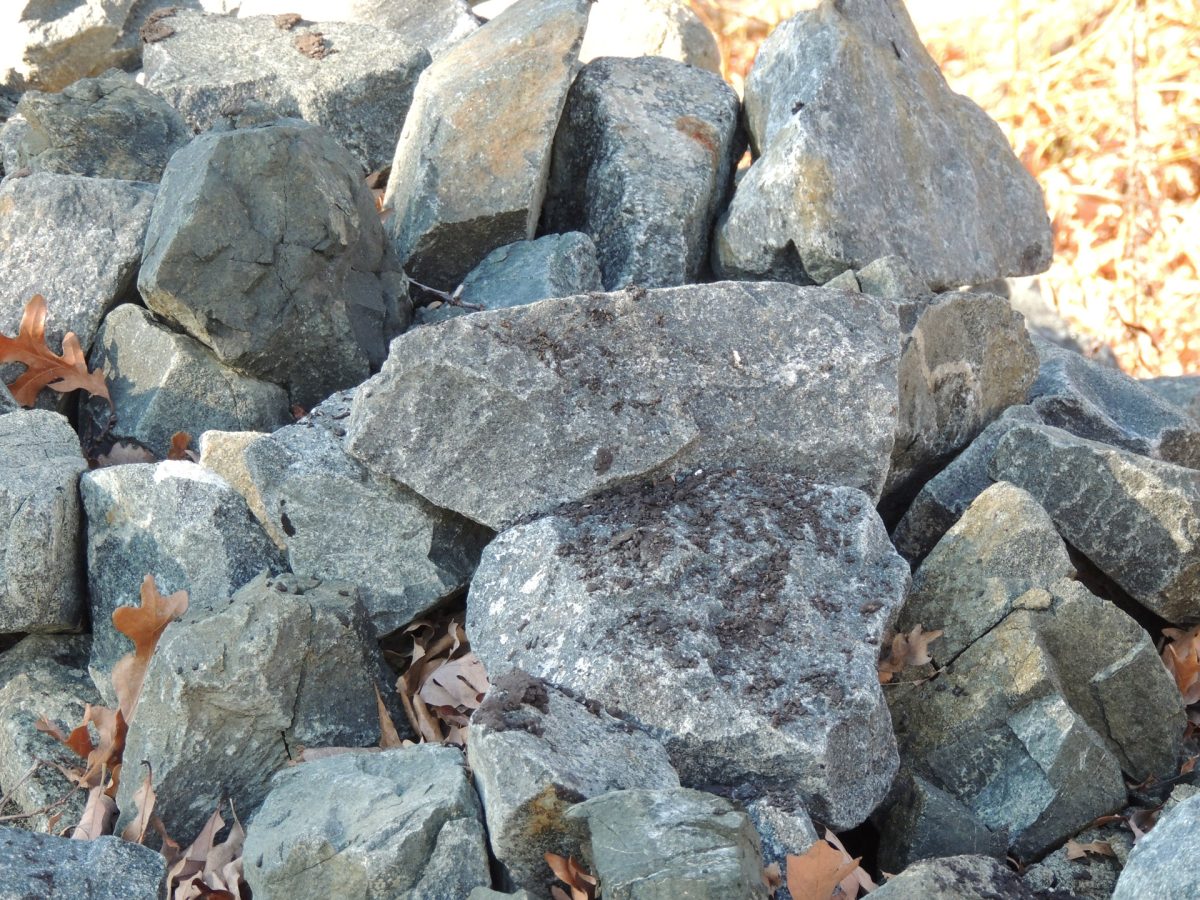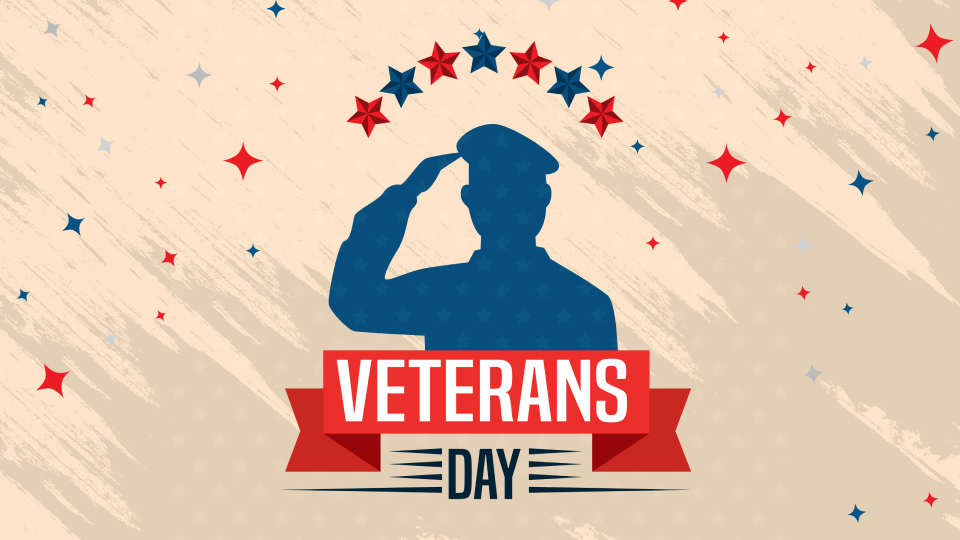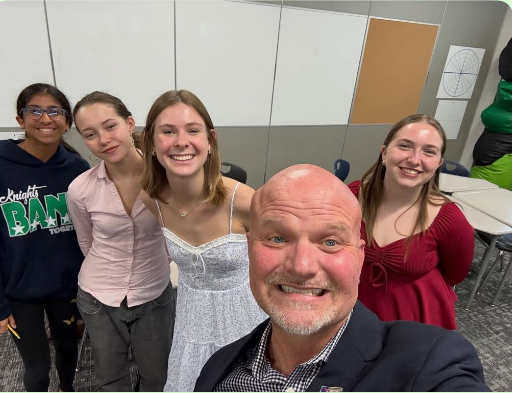Understanding Substance Abuse Among Students
In every hallway,bathroom, and shadows between classes, substance use is happening. For too long, the usual reaction has been a cycle of detention, punishment, and judgment. We see the problem, we hand down the consequence, and we move on, feeling we’ve solved the problem.
But we haven’t. The substances remain, and the students remain trapped in a damaging pattern. It’s time to move past the simple “what” and “where” and finally ask the difficult question,“Why?”
Substance abuse among high school students is rarely about rebellion or a lack of understanding rules. It is often a symptom of a dangerous and temporary fix for something much deeper. Many students in our community are navigating intense pressure, whether it’s academic expectations, social anxiety, issues at home, or mental health struggles.
For a student overwhelmed by anxiety, the numbness offered by a vape or a pill can feel like the only way to quiet a stressing mind. For a student battling depression, it can be a fleeting escape from despair. They aren’t looking for a high, they are looking for relief. When we judge them, we shut down a line of communication that could lead them to genuine help, pushing the isolation that started the substance use in the first place.
The Cycle of Consequences
This leads us to the second, equally important “why?” Why do students continue using, even after they have been caught or know the consequences?
The answer is complex, but it often goes down to dependence. Not just physical, but emotional. Once a student relies on a substance to manage stress, social situations, or fall asleep, the idea of stopping means facing their original pain without their safety net. The consequences, the suspension, the failing grades, the disappointment start to feel less threatening than the unfiltered emotional reality they’ve been avoiding.
But this temporary relief comes with a cost.
Every student who uses substances is taking a direct hit to their own potential. Beyond the risks of legal trouble or expulsion, substance can physically rewire the developing adolescent brain. It damages memory, concentration, and emotional regulation. It actively puts the brakes on their dreams. Every test they fail because they couldn’t focus, every scholarship they miss because of a behavioral incident, and every opportunity they lose to poor health is a consequence far more lasting than a detention slip.
A Message of Strength and Hope
To students who are currently struggling, you are more than your habit. We see the pressure you are under, and we want you to know that the ability to stop is not a weakness. It is the ultimate act of strength and self respect.
Your brain is incredibly strong. It is never too late to reverse the course, heal, and reclaim your future. Quitting means finding healthier solutions to your problems. Whether that’s talking to a trusted teacher, using school counseling resources, or simply finding a peer group that supports you instead of undermining it.
This is a challenge, and our response must be rooted in compassion. We must train ourselves as students, educators, and community members to approach addiction not as a moral failing, but as a public health issue. Instead of asking, “What’s wrong with this student?” Let’s start asking, “What happened to this student, and how can we support them in finding a better way?”
By creating a school culture where vulnerability is safe and seeking help is encouraged, we can help our peers put away their dangerous coping mechanisms and step into the future they deserve. The time for judgment is over, the time for understanding and action is now.









